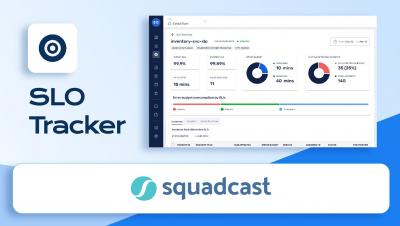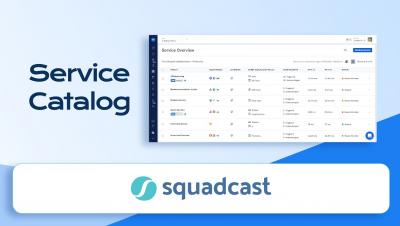SRE Maturity Model: How Do You Assess Your Team?
How do you evaluate your SRE team’s progress in implementing SRE? We discuss the key SRE indicators for evaluating your team’s progress in the SRE maturity model. What is the SRE maturity model? The SRE maturity model is a way of judging how far you are in implementing SRE principles. It is a method used by teams to understand where they ought to implement more SRE best practices to reach greater SRE maturity.











